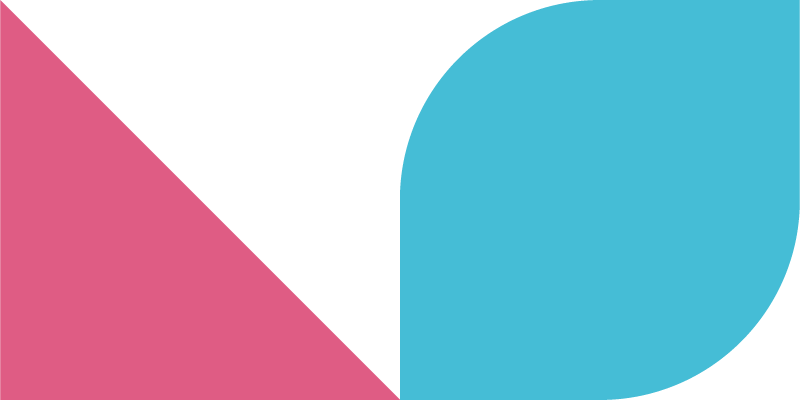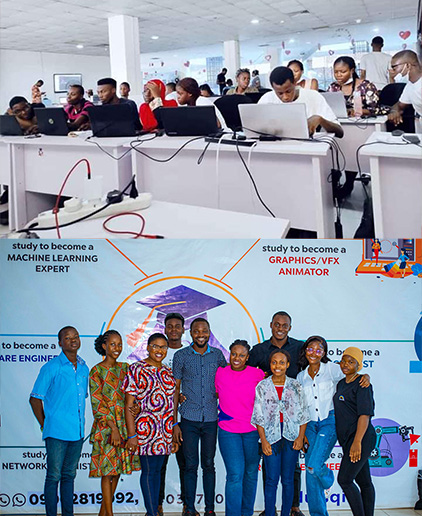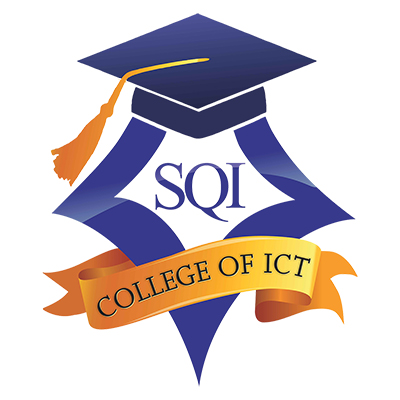SQI School of Design

Graphics and multimedia technology includes interactive, computer-based applications that allow people to communicate ideas and information in a compelling manner through the use of powerful computer-based applications. Applications of graphics and multimedia technology can be seen in the print and digital media, and graphic illustrations.
GRAPHIC DESIGN CAREER PATH
Specialization
Certainly! Graphic design is indeed a broad field, and there are various specialized areas that designers can choose to focus on. Here at SQI, we offer these two broad paths both having their roots in General graphics and Layout and Printing then niching down to a more robust field of Branding and Identity Designer, and Packaging Designer

Graphic Designer
Discover the right set of skills needed to build or advance your career as a designer. Build a solid foundation in the elements of design, typography, color, and layout and printing. You’ll explore the general design process to visualize compelling ideas
Students will learn everything from basic design concepts to best tools and techniques used in creating beautiful graphical designs.
By the time you complete the course, you will have at least 2 portfolio projects to share with potential employers whenever you want to apply for job.
Skills and knowledge that you learn in this specialization are applicable to a wide variety of careers, from marketing to graphic design, product design, web design and human-computer interaction.
Apps we utilize at SQI
Adobe Photoshop
Adobe Illustrator
Adobe Indesign
Canva
Graphics Design (Basic) – 2 months: (Twice 10% off) ₦45,000 (per month) | (Upfront 15% off) ₦100,000 ₦85,000
Graphics Design (Combined) – 8 months: ₦183,334 (Every 2 months) | (Twice 10% off) ₦550,000 ₦495,000 After 3 months | (Upfront 15% off) ₦1,100,000 ₦935,000
Physical Class: Yes | (2hrs/day, 2 days/week) (Ogbomoso | Ibadan | Abeokuta).
Virtual Class: Yes | 4 – 5 hours/day | Weekends | (Instructor-led and interactive)

Branding and Identity Designer
Packaging designers create attractive and functional packaging solutions for various products. They consider factors like product positioning, branding, and practicality while designing packaging that catches the consumer’s attention on store shelves. Also, here SQI curriculum covers an in-depth grasp of illustration, creating original artwork for various purposes such as book covers, editorial illustrations, character design, and concept art.
The students in the end will be employable in advertising design, infographic design, social media design, and other aspects the paucity of words will not permit. Choosing to specialize can help designers focus their skills and expertise in a particular area and develop a strong portfolio in that field.
Apps we utilize at SQI
Adobe Photoshop
Adobe Illustrator
Adobe Indesign
Canva
Blender 3D
Adobe After Effect
Branding and Identity Design – 8 months: ₦175,000 (Every 2 months) | (Twice 10% off) ₦350,000 ₦315,000 After 3 months | (Upfront 15% off) ₦700,000 ₦595,000
Physical Class: Yes | (2hrs/day, 2 days/week) (Ogbomoso | Ibadan | Abeokuta).
Virtual Class: Yes | 4 – 5 hours/day | Weekends | (Instructor-led and interactive)

Packaging Designer
This specialization involves creating visual identities for businesses, including designing logos, typography, color schemes, and brand guidelines that define a company’s overall brand image attached to this is a great knowledge of designing layouts and graphics for print materials such as magazines, books, newspapers, brochures, and posters. It requires an understanding of print production processes and the ability to create visually appealing compositions.
The students in the end will be employable in building any brand from scratch or help refocus an existing brand among other idiosyncratic things. Choosing this specialization can help designers focus their skills and expertise in a particular area and develop a strong portfolio in that field.
Apps we utilize at SQI
Adobe Photoshop
Adobe Illustrator
Adobe Indesign
Canva
Blender 3D
Adobe After Effect
Packaging Design – 8 months: ₦175,000 (Every 2 months) | (Twice 10% off) ₦350,000 ₦315,000 After 3 months | (Upfront 15% off) ₦700,000 ₦595,000
Physical Class: Yes | (2hrs/day, 2 days/week) (Ogbomoso | Ibadan | Abeokuta).
Virtual Class: Yes | 4 – 5 hours/day | Weekends | (Instructor-led and interactive)
Learn from the best
Experienced Instructors
Our mentors are experienced, working professionals who coach students through roadblocks during their course while sharing key problem-solving strategies that will set them up for success and continual growth on the job.



WHAT PEOPLE ARE SAYING ABOUT US
Testimonial
Hear what our current and past students have to say about their experience at SQI
Why Study at SQI?

Project Based Learning
This course is practical, hands-on learning. Practice and apply knowledge faster with real-world design projects you can show off.

Expert Instructors
Get to interact with a different mentors and draw from their loads of experience.

Physical & Virtual Class
You can now choose physical class experience or online classroom and learn from anywhere in the world.

Free access to our hub and community.
You will have access to our fully functional hub for co-working and working on projects, assignments and even begin a start-up.

Access to study materials
Students have access to prerecorded videos and resources they can make use of to further solidify their knowledge.

Job Opportunity
78.5% of our students found secure employment within three months of graduation. Students leave from learning to getting job roles

Alumni Support
Our students have access to alumni who currently work at top tech organizations in the world such as Google, Microsoft, Interswitch etc

Certification
Be certified by an accredited and globally recognized institution. SQI got its accreditation in Sept 2021 from the NBTE, Nigeria.
Campus Tour
Ibadan
Campus Tour
Ogbomoso
FAQ
Frequently Asked
+ Who Can Take This Course?
Anyone and everyone who has a passion for learning and starting a career in Graphic Design, Branding, and Identity Design, or Packaging design. These include Undergraduate students, Graduates, Workers, Youth Corpers, and anyone as long as becoming a Data Specialist is aligned with your goals.
+ Do I get certified after my training?
Yes, you’ll be certified by an internationally recognized and nationally accredited institution.
+ What is Job outlook growth for designers?
Demand for Designers Keep Increasing with Pay.
There is always demand for creative designers with more companies requiring marketing materials, app design, and websites.
According to salary explorer, an entry level designer with less than one year experience earns an average of NGN 11,434,000 per Annum in Canada
+ I am a student, and we are currently on holiday, what happens when my school resumes?
Students in school can pause their training when they resume and continue during the next break.
+ What else do I need to start this course?
Taking this course will require that you have access to a personal laptop
Start Now
Join our next cohort!
Secure a career in a highly in-demand, growing field with our Graphics and specialization courses.
SQI has taught over 6,000 graduates across different countries. 78.5% of our students found secure employment within three months of graduation.

